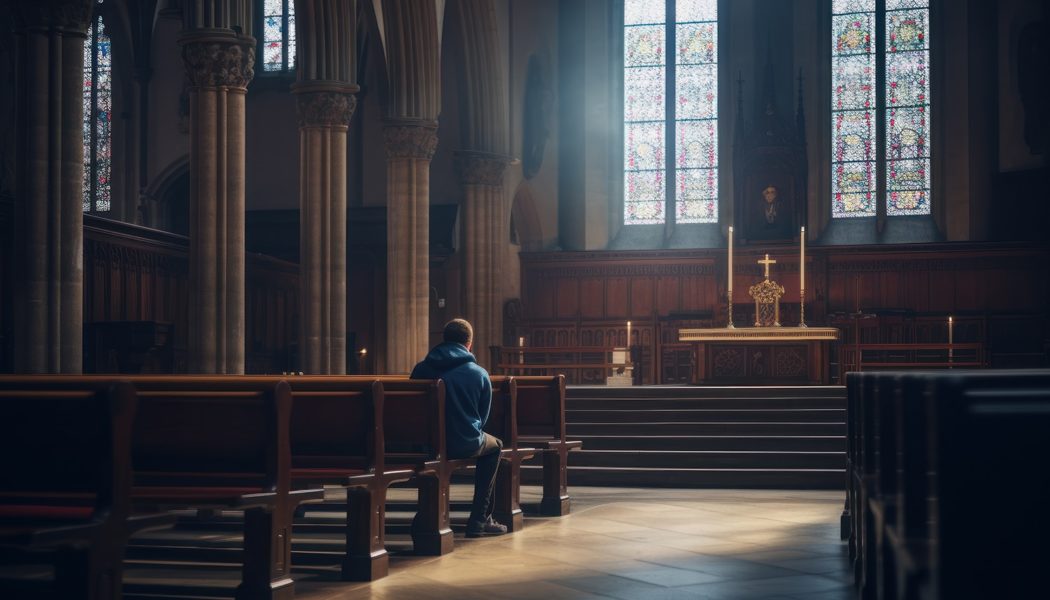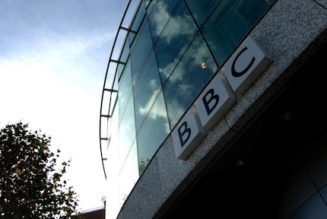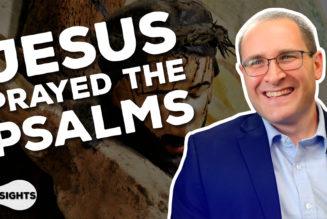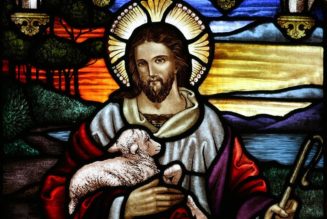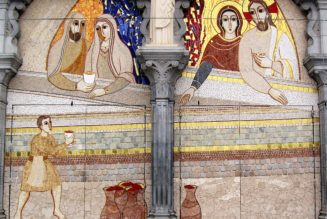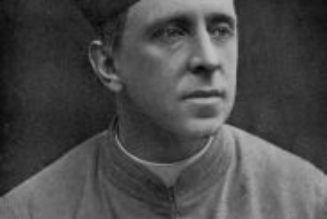
Much has been made about the supposed vocations crisis within the Catholic Church in the United States in recent years. Concerned parties point to the declining number of priests and argue that we face a dire shortage that threatens the future of our parishes. However, a closer examination of the data reveals a different story — one that suggests the real crisis we face is not about vocations but about faith.
According to the Center for Applied Research in the Apostolate (CARA), the number of diocesan priests in the U.S. has indeed decreased from 37,272 in 1970 to 24,110 in 2022. Simultaneously, the Catholic population has grown from 54 million to 73 million. At first glance, these figures seem alarming. But when we delve deeper into the priest-to-parishioner ratios, a different narrative emerges.
The number of priests per active churchgoer — those attending weekly Mass — has actually improved. In 1970, 54% of Catholics attended weekly Mass, compared to just 17% in 2022. This means that in 1970, each priest served approximately 782 weekly Mass-goers, while today, each priest serves about 514. So why, if the priest-parishioner ratio has gone down, are people arguing that we’re seeing a vocations crisis?
I’m not naive about the demographics of priests in the United States. Some dioceses face looming radical reconfigurations as significant percentages of their active clergy are preparing to retire. In fact, the percentage of retired priests in America has risen from 14% in 1980 to 34% in 2020. Other studies show the average age of priests has risen considerably over the last 50 years.
From my perspective, this points to a deeper issue: a crisis of faith rather than a crisis of vocations.
Crisis of faith
The decline in weekly Mass attendance reflects a broader trend of secularization and disengagement from religious life. This is where the true challenge lies. The loss of priests is not nearly as critical as the downward spiral of practicing Catholics. Our focus shouldn’t be on vocations. It should be on reigniting the faith of the millions of Catholics who have drifted away from regular worship and participation in the sacraments. Monthly confession. Weekly Mass. Daily prayer. That’s the program.
Rightly then, the United States Conference of Catholic Bishops (USCCB) has initiated the National Eucharistic Revival, a three-year initiative aimed at renewing the Church by rekindling a living relationship with Jesus Christ in the holy Eucharist. This revival calls for a renewed focus on the real presence of Christ in the Eucharist, encouraging the faithful to deepen their understanding and love for this central mystery of our faith.
Pope St. John Paul II spotted this trend and diagnosed it decades ago. This is precisely what the Holy Father was calling for when he called for a new evangelization. “Our own time, with humanity on the move and in continual search, demands a resurgence of the Church’s missionary activity,” the pope wrote. You don’t have to be a priest or a religious to undertake this mission. In fact, it’s just part of being Catholic.
The National Eucharistic Revival is a call to action for every believer. Will you seek out a deeper connection with Christ? Will you help others become active participants in the life of the Church? By focusing on the Eucharist, we’re addressing the root cause of the perceived vocations crisis: a weakening of faith and commitment among the laity. A vocations crisis is the symptom, and revolution is the cure. A revolution of faith, that is.
